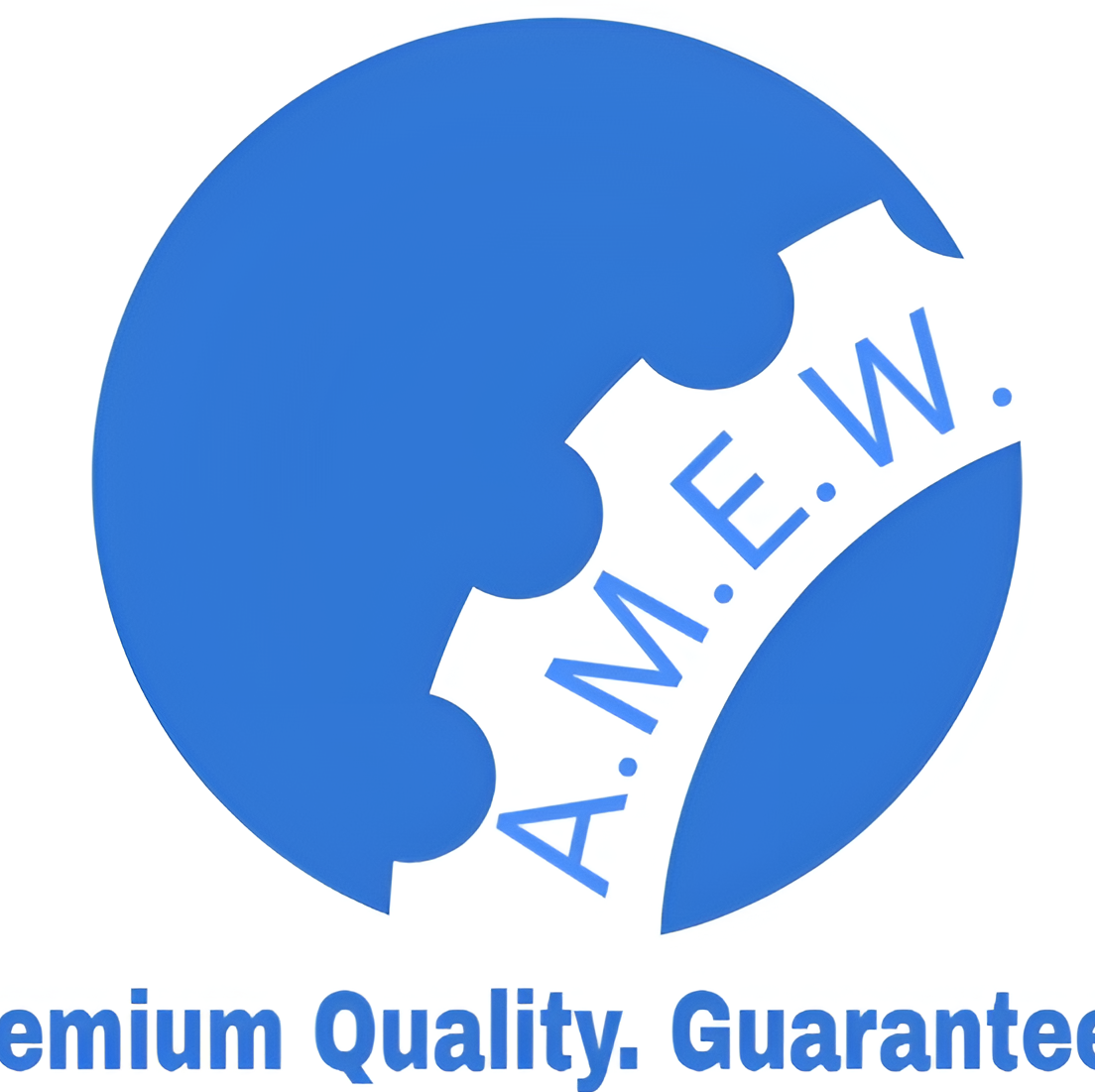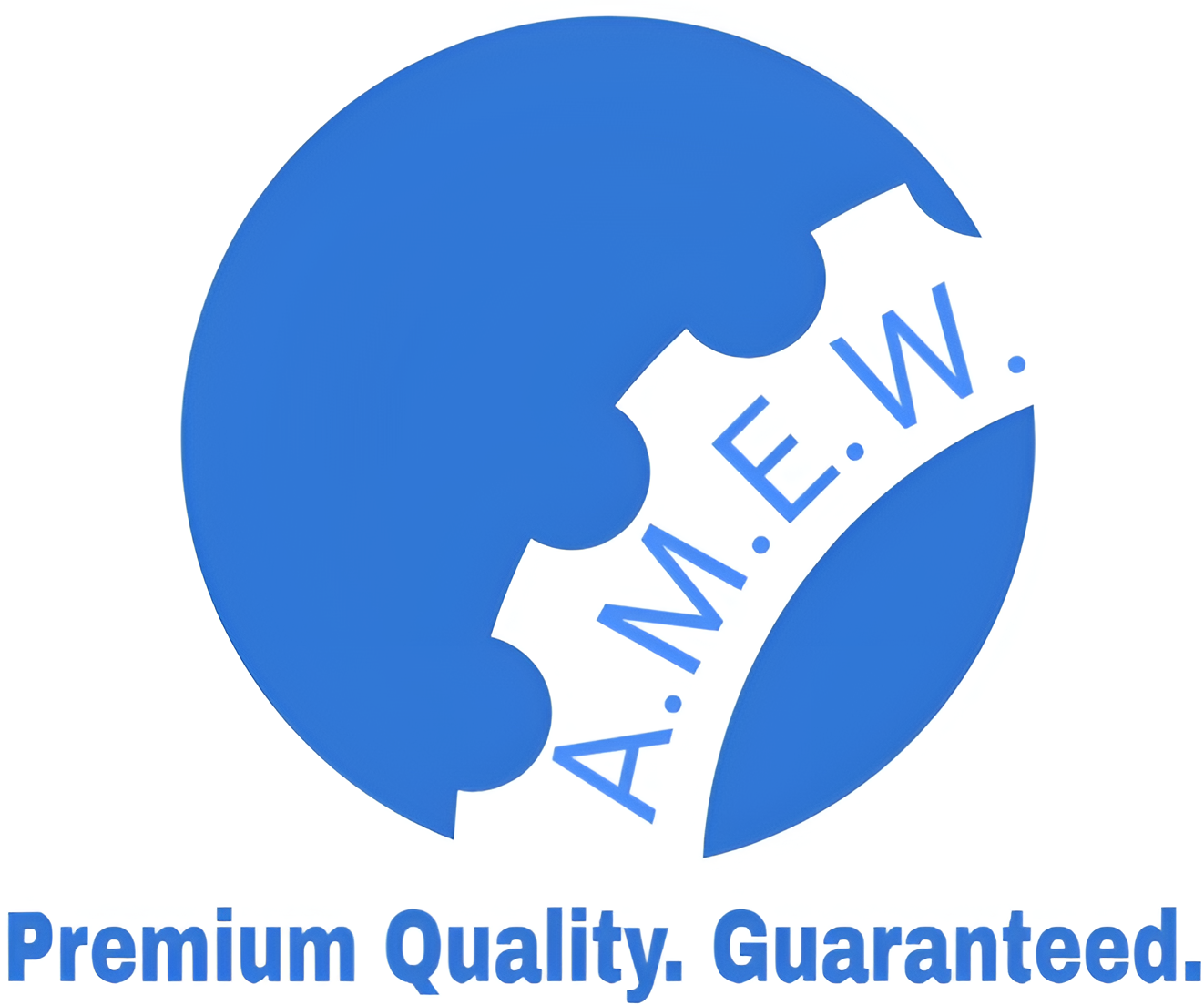The Ultimate Guide to Steel Plates
Steel plates are a critical component in countless industries, from construction to manufacturing. Their versatility and durability make them an indispensable material in projects big and small. But what exactly are steel plates? How are they categorized, and what are their applications and benefits? This guide dives deep into everything you need to know about steel plates, including how to select the right type for your needs and the latest advancements driving innovation in this field.
Understanding Steel Plates
Steel plates are flat, rectangular pieces of steel available in various thicknesses, widths, and grades. They are manufactured by compressing layers of steel to achieve desired thicknesses, making them strong and durable. These plates are widely recognized for their ability to withstand heavy loads, resist wear and tear, and maintain structural integrity under challenging conditions.
Where Are Steel Plates Used?
Steel plates are incredibly versatile and find applications in:
- Construction: Used for building frames, floors, and reinforcements in large structures like bridges and skyscrapers.
- Shipbuilding: Essential for fabricating hulls due to their ability to withstand extreme marine environments.
- Automotive and Aerospace: Ideal for creating strong, lightweight components.
- Oil and Gas Industry: Used in storage tanks, pipelines, and pressure vessels where high strength is crucial.
- General Manufacturing: Applied in machinery parts, heavy equipment, and tools.
This makes steel plates a foundational material in the modern world.
Types of Steel Plates
Selecting the right steel plate depends heavily on understanding the different types available and their specific properties. Here’s a breakdown:
Carbon Steel Plates
Carbon steel plates are composed mostly of iron and carbon, offering excellent strength and durability. They are available in different grades:
- Low carbon steel plates are softer and more ductile.
- High carbon steel plates are hard and robust but less pliable.
Common uses:
- Structural applications
- Pressure vessels
- Heavy machinery
Alloy Steel Plates
These plates are made by adding other metallic elements like chromium, nickel, or manganese to improve specific properties such as hardness, toughness, and corrosion resistance.
Common uses:
- Marine structures
- Power plants
- Mining equipment
Stainless Steel Plates
Comprising at least 10.5% chromium, stainless steel plates are resistant to rust and corrosion, making them ideal for environments exposed to moisture, chemicals, and extreme temperatures.
Common uses:
- Food processing equipment
- Medical devices
- Marine hardware
Applications of Steel Plates in Industry
Steel plates play a central role in various industries due to their versatility and range of properties.
Construction
Steel plates provide a strong foundation for skyscrapers, bridges, and industrial buildings. With their excellent load-carrying capacity, they ensure structural stability. Additionally, they are used for reinforced basements and roof decks.
Shipbuilding
Marine environments are harsh, but steel plates, especially alloy and stainless steel, bring the strength and corrosion resistance needed for ship hulls, cargo holds, and offshore platforms.
Manufacturing
Steel plates are commonly used to manufacture industrial machinery, tools, and appliances. Their durability ensures long-lasting equipment performance.
Transportation (Automotive and Aerospace)
Steel plates are instrumental in producing vehicle parts, airplane fuselages, and train infrastructure. They offer the strength-to-weight ratio crucial for efficiency and safety.
Oil and Gas
From creating oil rigs to massive storage tanks and high-pressure pipelines, steel plates are indispensable in the energy sector.
Advantages of Using Steel Plates
Steel plates are a trusted choice across industries for several reasons. Here are the main advantages:
- Strength and Durability: Steel plates can handle tremendous loads and withstand extreme environments.
- Versatility: With various types and grades, they can be tailored to suit specific applications.
- Cost-Effectiveness: While the investment may be significant upfront, steel plates provide long-term value due to their longevity and reliability.
- Resistance to Wear and Corrosion: Especially in alloy and stainless steel varieties, steel plates perform well in harsh, corrosive environments.
- Sustainability: Steel is 100% recyclable, making steel plates an environmentally-friendly choice.
How to Select the Right Steel Plate
Choosing the best steel plate for a project involves careful consideration of several factors:
1. Application Requirements
Consider the type of project and its needs:
- Does the plate need to bear heavy loads?
- Will it face exposure to harsh weather or chemicals?
2. Material Properties
Different types of steel plates offer varying levels of strength, flexibility, and corrosion resistance. Understanding these properties is crucial to making the right choice.
3. Thickness
The thickness of the steel plate must align with the demands of the application. Thin plates work well for lightweight structures, while thicker plates are suitable for high-stress environments.
4. Grade Standards
Ensure the steel meets standard certifications, such as ASTM, to guarantee quality and consistency.
5. Cost
Weigh the material’s upfront cost against its long-term durability and maintenance. Higher-quality plates may save money over time by reducing failures and replacements.
Future Trends in Steel Plate Technology
The steel manufacturing industry is evolving to meet modern demands for efficiency, sustainability, and innovation. Here’s what’s next for steel plates:
- Smart Steel Plates: Embedding technology such as sensors to monitor performance and durability in real-time.
- Lightweight High-Strength Materials: Developing new alloy combinations to reduce weight without compromising strength.
- Eco-Friendly Production: Using renewable energy and advanced recycling processes to reduce the carbon footprint of steel production.
- Additive Manufacturing: 3D printing methods for creating custom steel plate designs that minimize waste.
These advancements are paving the way for safer, more efficient, and sustainable applications of steel plates.
Why Steel Plates Matter
Steel plates are more than just construction materials; they are foundational to modern infrastructure, cutting-edge manufacturing, and sustainable innovation. Their inherent strength, versatility, and adaptability make them essential across industries, from shipbuilding to oil and gas.
If you’re considering incorporating steel plates into your project, it’s important to evaluate the type, grade, and supplier to ensure you’re getting the best material for your specific needs.

